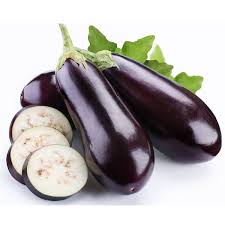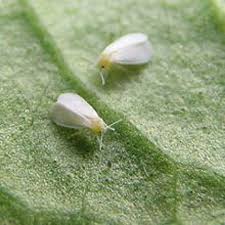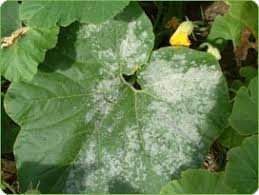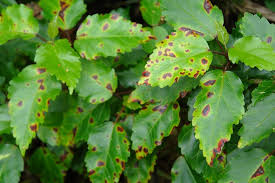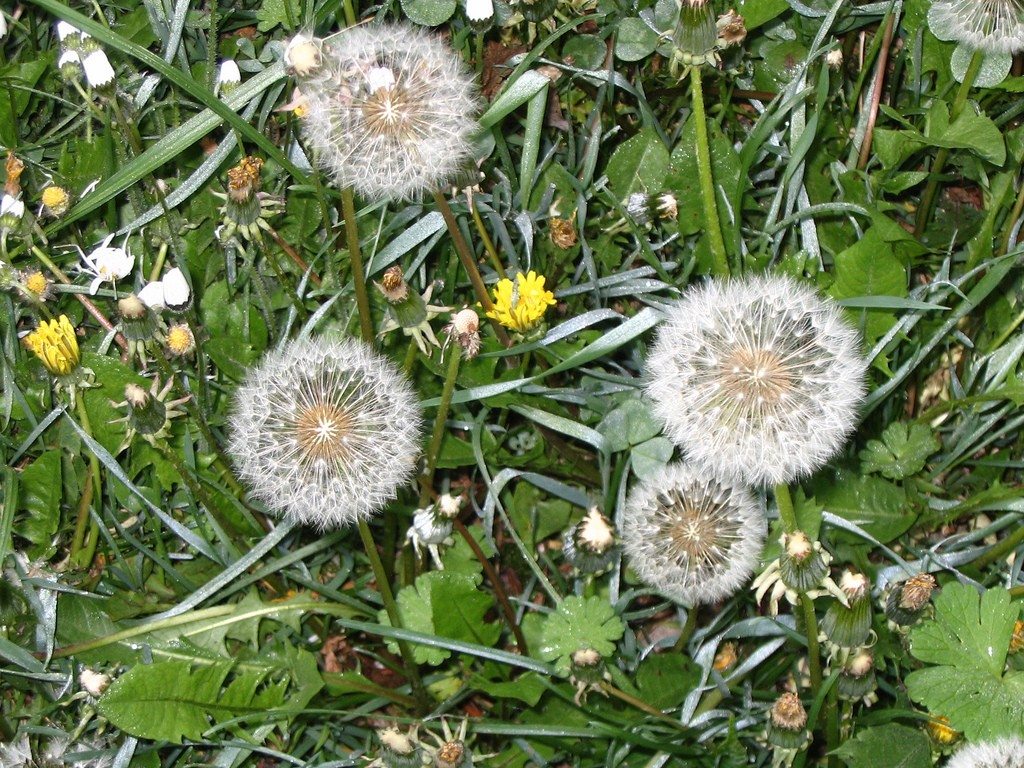Crop Detail
Brinjal belongs to the family Solanaceae and is cultivated in tropics and sub-tropics area of the world. Brinjal are grown in Bangladesh, Pakistan, Japan, India, Western Europe and China. Brinjal is low in calories and has various macro and micro minerals which are beneficial for human health. Potassium is the abundant mineral present in the brinjal, ranged from 200 to 600 mg/100 g of fresh water. Brinjal is also rich source of calcium, iron and magnesium. In Pakistan, it occupies 9,044 ha area and its production is 88,148 tones. The fruit of brinjal is a fleshy berry and changed its color from shiny purple to black and white green yellow. The brinjal is a shrubby, herbaceous or semi-woody plant with a fibrous root system. The fruit length may vary from 4.0 to 5.0 cm and width between 3.0 to 3.5 cm in weight approximately 0.5 to 1500g.
|




